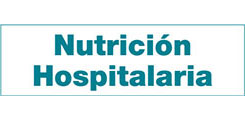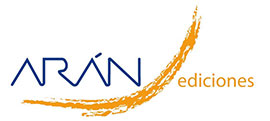Trabajo Original
Poor breastfeeding, complementary feeding and dietary diversity in children and their relationship with stunting in rural communities
Jessica Zaragoza-Cortes, Luis Eduardo Trejo Osti, Moisés Ocampo Torres, Laura Maldonado Vargas, Alicia Arminda Ortiz Gress
 Número de descargas:
34571
Número de descargas:
34571
 Número de visitas:
13705
Número de visitas:
13705
 Citas:
4
Citas:
4
Compártelo:
Introduction: stunted growth is the most common manifestation of malnutrition in México. Breastfeeding, adequate introduction of complementary feeding and dietary diversity can avoid this.Objective: to characterize the feeding practices in children 1-24 months of age in rural communities of Hidalgo and define their relationship with stunting.Methods: a 24-hour recall was used to obtain information. Z-scores for length-for-age (ZLA), complementary feeding (CF) and minimal dietary diversity (MDD) were determined. The sample was divided into breastfed and not breastfed children.Results: one hundred eighty nine mother-child dyads were evaluated; 59.3% were breastfed and 40.7% were not. Stunting was found in 10.1% and was identified starting at the fourth month of life. This was accompanied by early CF close to the third month (57.0%) and by a reduction in exclusive breastfeeding during the second month of life to only 30%. The proportion of not breastfed children with stunting (27.5%) was almost twice that of breastfed children (12.0%) (p < 0.03). By age, mean ZLA was different with a trend towards stunting increasing with age (p < 0.05): 1-6 months -0.463 ± 1.445; 7-12 months -0.669 ± 1.225; and 13-24 months -0.985 ± 0.917. MDD was greater in not breastfed children (69.7%) (p < 0.04) and by age greater in children 13-24 months (69.7%) (p < 0.02).Conclusions: the feeding practices of most mothers did not meet WHO recommendations. It is necessary to carry out nutrition education interventions aimed at mothers in rural population.
Palabras Clave: feeding practices, breastfeeding, complementary feeding, dietary diversity, stunting.
Artículos Relacionados:
Trabajo Original: Stunting, wasting, and mid upper arm circumference status among children admitted to nemazee teaching hospital
Seyed Mohsen Dehghani , Hazhir Javaherizadeh , Masoomeh Heidary , Naser Honar , Maryam Ataollahi , Homa Ilkanipour , Hossein Moravej
Artículos más populares
Revisión: Inteligencia artificial generativa ChatGPT en nutrición clínica: avances y desafíos
ChatGPT y otras herramientas de inteligencia artif...
Revisión: Suplementación con micronutrientes y sus beneficios: ¿por qué y cuándo?
Introducción: los micronutrientes participan en la...
-
Licencia creative commons: Open Access bajo la licencia Creative Commons 4.0 CC BY-NC-SA
https://creativecommons.org/licenses/by-nc-sa/4.0/legalcode




